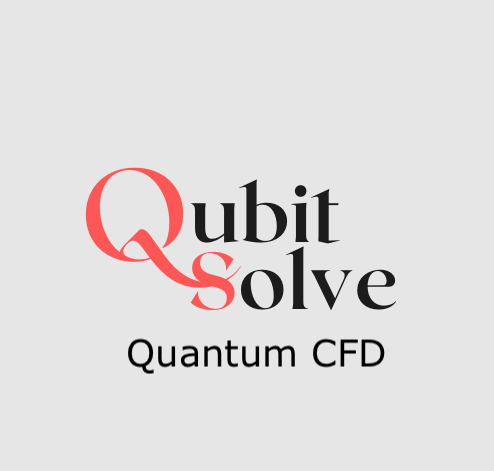
Fig 1: Cross-section of a Plate Heat Exchanger (PHE)
Authors — Rut Lineswala and Abhishek Chopra
Contributors — Abhishek Tanwar, Abhigyan Mishra, and Aakif Akhtar

Heat exchangers are widely used devices for heating and cooling — from making your homes comfortable during frigid cold winters to efficiently running large-scale industrial processes. With a current global market of $15.6 billion, the need for heat exchangers is growing rapidly [1]. A heat exchanger is a device that transfers thermal energy from one fluid to another which never meets or mixes. The plate heat exchanger is versatile in its use; it can be used as a heating mechanism or as a heat dispenser. A heat exchanger functions by having two fluids at different temperatures, and from the law of thermodynamics, heat transfers from the hot fluid to the cold fluid. Thus, it can remove the heat by using a colder liquid or add heat by using a hotter liquid, and these fluids can be water, oil, refrigerant, etc. Fig. 1 shows the sample cross-section of the plate heat exchanger (PHE). This article will focus on a plate heat exchanger (PHE) and simulate its conjugate heat transfer process. The goal is to showcase the PHE simulation on Quantum computing using BQPhy’s thermal analysis module.
Problem Statement
For this simulation case, the goal is to demonstrate the running of the PHE simulation on Quantum computers. For this problem, the plate heat exchanger is simplified to consider the thermodynamics of the plate. Hence, the simulation assumes a hot gas moving through the pipe and simulating the heat transfer process on the plate. The simplified geometry is shown in Fig. 2, along with boundary conditions and numerical quantities. A steady-state conjugate heat transfer simulation, comprising conduction and convection phenomena, is conducted.

Fig 2: Simplification of geometry
Setup
The problem utilized a proprietary CAE solver integrated into BQPhy’s backend and is based on a hybrid quantum-classical finite element framework (HQCFE). This framework ensures the robustness of the finite element method, yet it is made suitable for Quantum computing. The results were run on the Honeywell Quantum simulator through the Azure Quantum platform and utilized 10 qubits.
Results
Firstly, the Quantum results are shown in Fig. 3. It depicts the progression of the Quantum solution (cost function) with iterations in the hybrid routine. The converged result from the Quantum solution is then classically processed, obtaining the final accurate results.

Fig 3: Variation of cost function with iterations from the Quantum part
The results are then post-processed and are displayed in Fig. 4. As depicted in Fig 4, the heat is transferred radially outwards, with the lowest temperatures at the corner of the domain. The heat dissipation is dependent on the convective boundary condition. So, if the plate needs to diffuse the heat more, a higher thermal conductivity material can be chosen.

Fig 4: Post-processed result of temperature distribution on the Plate Heat Exchanger domain
About BQPhy™
BQPhy is the world’s first Quantum-powered Simulations-as-a-Service (Q-SaaS) CAE software suite by BosonQ Psi (BQP). Through the software suite, BQP promises to enable enterprise customers to perform complex simulations in significantly less time than traditional software using Quantum computers. This unmatchable speed and accuracy will be delivered through novel engineering solvers which utilize BQP’s proprietary hybrid quantum-classical algorithms. The first version of BQPhy will encompass simulation capabilities of structural mechanics, thermal analysis, and design optimization.
About BosonQ Psi

BosonQ Psi is a SaaS-based enterprise software venture leveraging the power of Quantum computing to speed up virtual simulations. Founded in September of 2020, BosonQ Psi has been recognized both in the Indian and global Quantum ecosystems in a short span of time. BosonQ Psi finished as a top finalist in BMW-AWS Quantum computing challenge 2021 and is currently part of the University of Bristol/Quantum Technology Enterprise Centre (QTEC) ‘s QUEST program.
If you found this article to be informative, you can explore more current quantum news here, exclusives, interviews, and podcasts.


















